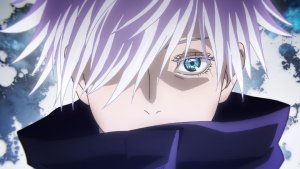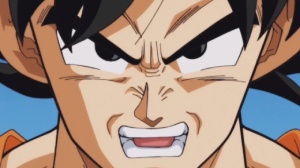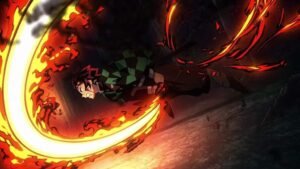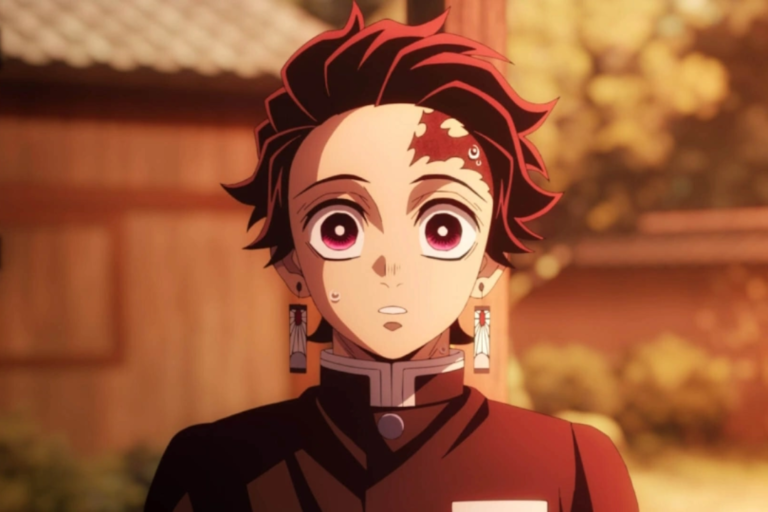Why Is Sun Breathing Called Hinokami Kagura In Demon Slayer? Its Connection With Japanese Myth Explained!
Some people might wonder, Why is it so important? Like, is it rooted in some deep Japanese lore that the author referenced and added to the story?

Warning: The following article contains major spoilers from Demon Slayer manga. Read ahead at your own discretion!
The Sun Breathing technique Tanjiro uses in Demon Slayer was the key to slaying the Demon Lord Muzan in the final arc. It is also the original technique of all breathing techniques. But some people might wonder, Why is it so important? Like, is it rooted in some deep Japanese lore that the author referenced and added to the story?
Well, good for you, cause’ I have all the answers to those questions.
So sit back and take a look at what Koyoharu Gotouge had been cooking with Demon Slayer regarding the strongest breathing technique!
The significance of the Sun Breathing Technique in Japanese Mythology
Legend has it that Amaterasu, the goddess of the sun, once went into a cave and rendered the whole world dark. Ame-no-Uzume, the goddess of revelry and dawn, was able to make her come out of the cave by dancing outside for hours.
Thus, the ritual of Hinokami Kagura in this lore was created after the world was saved as a way to honor both the gods and the spirits of loved ancestors.
It’s possible that the Kamado family changed the name to keep powerful demons from uncovering this knowledge as well as to protect the family members. And eventually, as time went on, its true nature was kept a secret or forgotten.
However, just like in the original lore, the act of god and the spirits of Tanjiro’s loved ancestors would come to save the world.
As with his ancestor Sumiyoshi sharing his memories, Tanjiro gained further clarity on exactly how Yorichi initially performed the dance.
Which played an important role in Tanjiro unlocking the true power to defeat Muzan.
All this leads Tanjiro to improve his technique and learn to eliminate unnecessary hand movements. He also managed to attain a steadier breathing rhythm, giving him greater strength and efficiency in his fight.
The twelve steps of the Hinokami Kagura also helped to increase his strength and endurance.
This allowed Tanjiro to land upon a new, unnamed thirteenth form of Sun breathing.
The constant repetition of the 12 movements makes up the last form, which means that it is a combination of all the forms of this style. When used in succession to maximize their power, it pushed Tanjiro’s accuracy and agility through the roof.
Tanjiro developed this move specifically to defeat Muzan because it was the only way to simultaneously attack all twelve of his vital organs.
Thanks to his ancestors learning and adapting Sun Breathing, Tanjiro made the biggest contribution to defeating Muzan. Even though he himself wasn’t able to kill him using this technique, each part of what he inherited played a crucial role.
The earrings set his involvement against Muzan into motion, and Tanjiro using the sun breathing technique, pushed and accelerated his blessed mark, which was reignited in the new era of Demon Slayer.
The mark not only gave them access to the transparent world but also evolved the Nichirin blade into a stronger, bright red color.
With this, the Hashira were able to fight on an unprecedented level, and together they KILLED MUZAN!
In a way, Tanjiro fulfilled the wish of Yoriichi, the samurai who had lost everything but found another home in the Kamado family.
While Yoriichi’s own brother despised and hated him, the Kamado family kept his legacy alive through the Hinokami Kagura. They also served a role almost as important as the Ubuyashiki family, who were the heads of the demon slayer corps over the generations.
In fact, according to the second fanbook, the Kamado family has preserved the Hinokami Kagura as a ceremonial practice all the way to the present. Tanjiro’s great-great-grandchildren, Sumihiko and Kanata, are practitioners of it.














